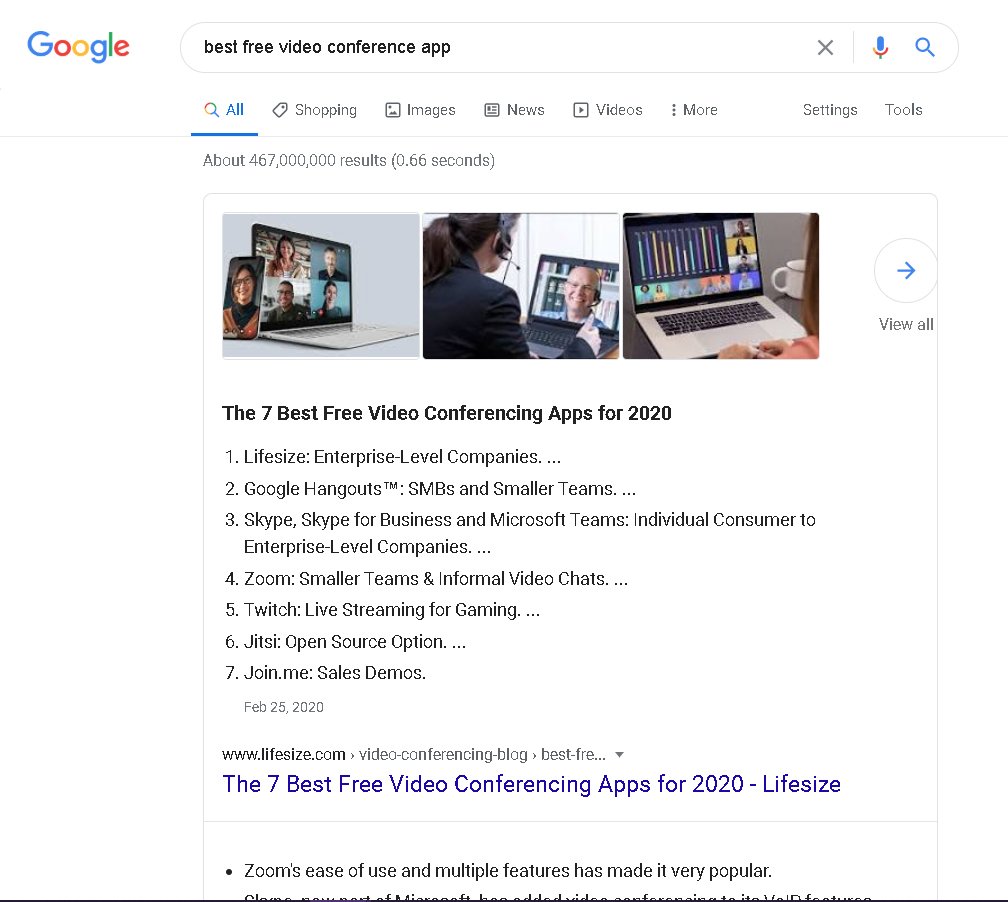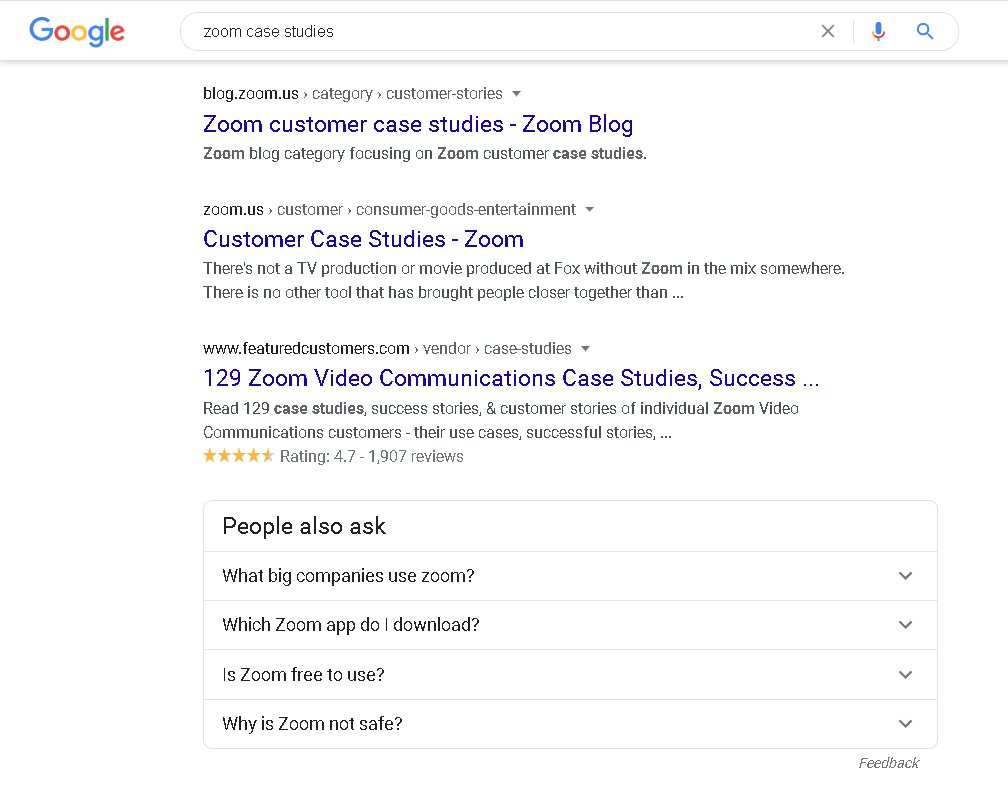Here at Cardinal Digital Marketing, we give out advice to many different industries. We write blog posts about marketing for the healthcare industry, restaurants, the legal field, franchises, and more. All those industries have one thing in common: they want to rank at the top of the search engine results page, especially for local searches. Many turn to search engine optimization (SEO) because investing in robust advertising campaigns can become costly. Comparatively, SEO is relatively inexpensive. Sure, there are startup costs, like buyer intent and keyword research, content writing, and website optimization. But once you start ranking for the keywords that drive leads, the business walks in the door all by itself.
Table of Contents
Is this a free lunch? Not necessarily, because it takes hard work to get to the top. But the cost-to-benefit ratio is through the roof. Compare advertising in other mediums such as TV and radio ads: you still have to sink the same costs into developing the advertising campaign, and then have to pay for the air time too. Plus, it’s only good for a limited duration. SEO delivers traffic and leads over a longer timespan.
Not only is SEO hard work, but it’s also part science and part art. Effective SEO comprises not only the ability to just see what you need to do today but to have a feel for where the market is going. There’s some creativity involved in making connections between where your customers are in the buyer’s journey and what they’re searching for, and steering their course towards your business’ website.
Developing an SEO strategy, in the big picture, is just like developing any other marketing campaign. It takes thorough research, careful planning, and expert execution. Let’s dig into how you can get started with SEO.
SEO Strategy Project Template
Before putting all your eggs in one basket SEO-wise, you need a plan. It’s easy to fall into the habit of just optimizing content for a few random keywords and putting it out there, but all that hard work can end up being for nothing if you didn’t hatch a plan first.
When you’re developing an SEO marketing strategy, your project plan might look like this:
- Define your target market
- Create buyer personas
- Conduct research to understand customers’ search intent
- Identify the keywords that align with their search intent
- Look at the competitors for this market and what keywords they’re targeting
- Analyze the search engine results page and current rankings for target keywords
- Develop a content strategy that gives customers the information they need at every stage of the buyer’s journey
- Identify the citations that’ll help you increase rankings
- Build a backlink profile that will increase your website’s authority
- Launch the campaign by updating your website, publishing blogs, optimizing your Google My Business, updating citations, and building backlinks
- Perform analytics to measure your progress and see what needs tweaking
As I said, developing an effective SEO strategy that actually gets you a spot on the first page is no small task. It takes diligent planning and execution. Now that you have an overall idea of the components of an SEO strategy, we’re going to explore what it actually looks like in action.
A Market Research Exercise
Say you work in software services. The 2020 COVID-19 pandemic created a need for people to socially distance and isolate themselves, which increased demand for tools to enable remote work, remote learning, and even remote socializing and leisure. Lo and behold, the mighty Zoom just came along at the right time to become the most famous teleconferencing app. Teleconferencing has been an established technology for many years prior, with plenty of competition from the likes of Skype, Google Hangouts, Microsoft Teams, Cisco, etc.
Most notably, Facebook had just launched Portal the prior year, and yet Zoom beat them to the teleconferencing boom even though Portal had this cute commercial.
How did Zoom do that? The pandemic caused a sudden increased need for people to teleconference. This meant that a lot of people who had never thought about teleconferencing software needed to immediately jump on the on-ramp, with as little friction as possible. Zoom just happened to be multi-platform, so anybody could rely on it running with no set-up, and easy to pick up, so that even the less technically adept could start using it right away.

If you were the marketing director for Zoom at the beginning of the COVID-19 pandemic, you’d want to look at what features your product has, and how they meet the special demands of the market at that time. You’d want your marketing to target white-collar workers first, students second, and regular family folk last. And you have to beat Facebook’s Portal.
Beating Facebook’s Portal to market awareness may seem like an intimidating challenge, but it was actually a paper tiger. That Muppet commercial is cute, hilarious, and utterly aimed in the opposite direction from effective:
- It’s targeting Generation X, the generation that grew up with The Muppet Show
- Generation X built Silicon Valley and sat through the first Dot-Com crash, therefore they’ve heard of teleconferencing before
- It’s playing down to them like they were Baby Boomers (“we’re teleconferencing!”)
- The ad doesn’t really list the product’s features or advantages
- It seems to be aimed at the home user rather than the professional
Notice how many questions you have about Portal by the time the commercial’s over. What is that dingus on top of the TV set, is that what I buy? Does everybody on my contact list have to buy that same unit? It like they’re also working on tablet-type devices, does that include Apple and Android? Is this compatible with so- looks and-so? It turns out later that this was a whole line of hardware accessories you had to buy. They’re videophones, in the age when we all have phones that can connect right through… well, Facebook also has an online video chat.
So, let’s review the plan in light of our Zoom / Portal exercise:
- Market Analysis: People need to teleconferencing this minute
- Search Intent: People are searching for “easy” + “cheap” + “compatible” + “teleconferencing”
- Competitors: They have weak content that doesn’t answer buyer’s questions
- Brand message: You already have everything you need for teleconferencing set up, just plug and play our software!
- Campaign: Target office workers, students, the general public with a message about easy, cheap, compatible teleconferencing
- Launch: Write blog posts that answers every possible question people have about teleconferencing, update the website with FAQs, create videos that demonstrate how easy it is to use, build backlinks with reputable tech publications
- Analytics: This wave is going to be over fast, so maybe keep our foot in by announcing new product versions and research
This was an example which we just mashed into our template because, frankly, we got to work the Muppets into it. In reality, Zoom launched years earlier and just accidentally had word of mouth on the ground at the right time.
But it’s useful to look at the whole process chain working together. The door isn’t closed on that teleconference market even now; someone could easily think of several more needs that market has that are going unaddressed. Could you develop a new marketing campaign for a teleconferencing solution that improves over Zoom’s shortcomings?
Turning Keywords into Content
Before you develop content, you need to understand what your target customer is searching for. Understanding their search intent is a crucial element of SEO and helps you identify the words that will actually attract customers. To tease out their search intent, you should conduct buyer persona research. This will help you hone in on the buyer’s triggers and motivations, purchase barriers, decision criteria, and potential success factors. When you understand what is motivating them to buy a product or service, you can develop content around that need. Conversely, when you know what their perceived barriers are, you can create content that alleviates concerns and persuades them to consider your product.
We’ll run along with the teleconferencing example here. By now, you’re thinking “I’d hate to be the one to have to blog about teleconferencing. What do you SAY after you say easy, cheap, compatible?” And that’s just where we’re getting started. Software is a great SEO topic; it practically blogs itself. In the first place, all software needs documentation. Your product is multi-platform, so you want clear instructions about installing it and using it over every platform you support. Does it integrate with other popular software products? If so, share integration instructions. Edge cases in hardware compatibility quirks will come up, so post a couple of trouble-shooting blog posts as well.
Next, we want to generate use cases. Who wants to use your product, and what do they want to use it for? So, we want a post to cover each one of these: using it for work, using with multiple co-workers, teaching a classroom with it, using it for student study groups, using it for leisure.

Finally, we can discuss some long-tail targeting content. We can talk about data security in a teleconferencing software context. We can talk about device specs and what the minimal hardware requirements are. We can share funny anecdotes from users who found new and interesting ways to use our product. We can share business solutions for collaborative teams using our software.
So far here’s a content schedule that could keep us going for a month:
- Installing $product on a {Windows PC, Mac, Linux laptop, Chromebook, etc.} (10 posts?) Keywords: “how do I install $product,” “$product install $platform,” etc.
- Troubleshooting $product on a {Android tablet, Windows 10 desktop…} (5 posts?) Keywords: $product, crash, hang, freeze, black screen, no audio…
- $product at work: your smart remote office! Keywords: office, compatible, work, productivity, management, meeting, teleconference…
- Learning remotely with $product Keywords: teacher, classroom, college, course, remote learning, education, testing…
- Five games you have to try remotely over $product Keywords: remote gaming, role-playing, board games, card games, dice games
- Remote therapy sessions with $product: Keywords: Therapy, psychiatry, prescriptions, consultation, doctor, home therapy…
You should also consider video content as well. Google is increasingly featuring videos at the top of the search engine results page, so you want to ensure that your SEO strategy includes well-optimized video content.
SEO Research Resources
It’s all well and good to say “analyze the market and find out what they’re looking for,” but where do you start? Here are some of our other articles that are good starting points:
- What Are SEO Keywords? Definitive Guide for SEO Beginners
- A Step By Step Guide on the 6 Best SEO Analysis Tools and How to Use Them
- A Guide to SEO Tools: What You Need to Optimize Your Website
- How to Use Your Competitors’ SEO Strategies Against Them
- 13 Best Practices to Increase Search Traffic in Local Search Marketing
So far, we’ve just discussed SEO, because we’re talking about building a strategy for that regard. But don’t think for a minute that you want to stop there. There are a whole host of digital marketing methods beyond merely laying out text on a page on your website:
- Organic social media outreach through Twitter, Facebook, Instagram, etc.
- Social paid advertising
- Customer feedback and reputation management regarding reviews and ratings
- Multimedia channels such as YouTube or podcasts
- Google and Bing advertising campaigns
More options can be available depending on your vertical. Small businesses can actually get by with a website and a few social media accounts. Larger industries will want a comprehensive multi-channel marketing plan. Businesses with a constraint, such as being localized, will want to tighten their focus on just that market.
Catching SEO By the Long Tail
Content marketing is a large part of SEO. We can all see what content is about: you get up on a platform and you talk and talk. Talk, as the old saying goes, is cheap. Content on the Internet is especially cheap! You can read your whole life and not cover one-hundredth of the blogs published during your lifetime.
Nevertheless, Google is out there 24/7, indexing all this content and matching it up to worldwide user search queries that never stop. You can’t predict what every user will search for next. But you can use keyword research to predict what the majority of users will search for, and that is the “short tail.”

At the short tail, there is tremendous competition to claim the top spots on the SERP. Google a widely popular term or topic and watch how hard websites work to rank high for that position. But the fringe of that curve, as the searches get more and more niche, is the long tail, with fewer competitors. The long tail actually makes up for a greater traffic chunk than the short tail, but it’s difficult to capture all of it.
However, you can try to capture some of it. The more content you produce, the more search fodder there is on your channel, and the more searches are likely to come in. At first, you will find it difficult to rank very high for broad general terms and topics. Then you aim for slightly more niche topics, and suddenly the broad and niche topics start bringing in more hits in conjunction.
Optimizing Your Content for SEO
When creating high-quality long-form content, there are a few things you should do to ensure it’s optimized for search. Content should:
Be Technically Optimized
Your webpage should be optimized using:
- Short and readable URLs
- Unique page titles for every page.
- Unique meta descriptions for every page.
- H1-H4 headings that use the keywords naturally.
- Optimized images, with accurate titles, captions, and ALT attributes.
- Lastly, make sure you’re using appropriate Schema within your webpages.
Use Your Target Keywords Naturally
With the BERT update, Google demonstrates that it is continually trying to better understand how people naturally speak and ask questions. To capture search traffic, your content should use keywords naturally.
Match Your Target Customer’s Search Intent
Don’t chase keywords without understanding why people are searching and what they’re looking for.
Inform Readers and Provide Details
Above all, make sure your content is useful. People head to search engines to find information and to solve problems. If you’re not helping them, they’ll quickly bounce from your website.
Offer a Great User Experience
Increasingly, Google is using user experience signals to determine rankings. This will only increase in 2021 with the planned Core Web Vitals update. Even if you have the best content out there, you might have difficulty ranking if your website experience is poor. Your website should load fast, be mobile-friendly, responsive, and use minimally obtrusive pop-ups.
Be Unique
Your content shouldn’t be just like your competitors. Offer a unique perspective, publish new research, or tell an engaging story.
Building a Strong Backlink Profile
After creating content to support your target keywords, you need to shift your focus to building a strong backlink profile. You may be wondering what is a backlink?

A backlink is a hyperlink that connects another website to yours. Search engines crawl the web, identifying both connections between websites and internal connections between webpages on a website. Google uses this information to determine the authority of a website. For example, if you’re an analytical laboratory and you have backlinks from the CDC, NIOSH, and the University of Pennsylvania, Google is going to assume that you’re also a reputable website with high-quality information. Google considers certain websites as authoritative and its links tell Google that another website is also producing valuable, useful, high-quality content. When you have a lot of high-quality websites linking to you, your website will achieve better search rankings.
Over the years, link building has changed and evolved to counter black hat SEO tactics. People tried to game the system, purchasing links on shoddy websites in an effort to pump up their rankings. Google wasn’t having it. Inauthentic, low-quality links won’t help your page rankings; they can even hurt you. So, don’t rush off trying to buy links from a random cold email offer.
You need to build backlinks the hard way. It takes time, but it is a crucial element in boosting your website’s domain authority and increasing your rankings. We discuss our approach to link building in our article “How Our Atlanta SEO Company Does Link Building for Our Clients.”
Tying it All Together
Your SEO marketing strategy should not consist of producing single-minded blog posts that drone on, repeating a narrow list of keywords. As we showed in our teleconferencing exercise above, appealing to minor interests and edge cases is still useful for picking up those one-off searches. If you made teleconferencing software and it only got a following with deployed servicemen chatting with their family from overseas, that is still a nice market. If it only catches on with gamer geeks who want to role-play Dungeons & Dragons, that’s still better than no market at all. Maybe it becomes the platform of choice for Chinese students learning English remotely, who’s to say that isn’t a business model?
So, the best advice we can give for continuing SEO strategy is to come back and analyze new market trends, and figure out how to work those emerging interests into your business’ scope. Wander off in the fringes of the topic sometimes. You might accidentally catch an unexpected wave that nobody saw coming. Above all, make sure that you understand your customer’s search intent. You’ll want to tie that into all content that you produce.
For our little Easter Egg of the post, here’s a goofy little search engine called “Banana Slug.” It takes the keywords you type in and combines them with a random word from the list of word groups that include emotions, jargon terms, Shakespeare themes, all kinds of stuff. It’s a great illustration of the long tail at work. Combining “SEO strategy” with terms like “pioneer,” “science,” “compassion,” and even the random number “763” still produced hits.
Is it worth it to target those keywords? Sure, once or twice in conjunction with your topic. You’ll catch the people looking for pioneering methods, the science of your topic, or a company like yours with a lot of compassion. Maybe the random number thing isn’t worth it though.
If you’re looking for more guidance on how to develop a strong SEO strategy, you can contact us. We’re eager to help you get a spot at the top of the SERP.

